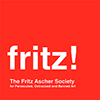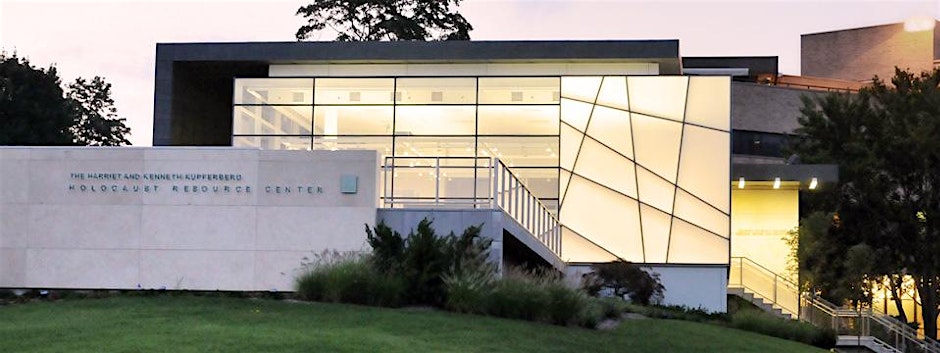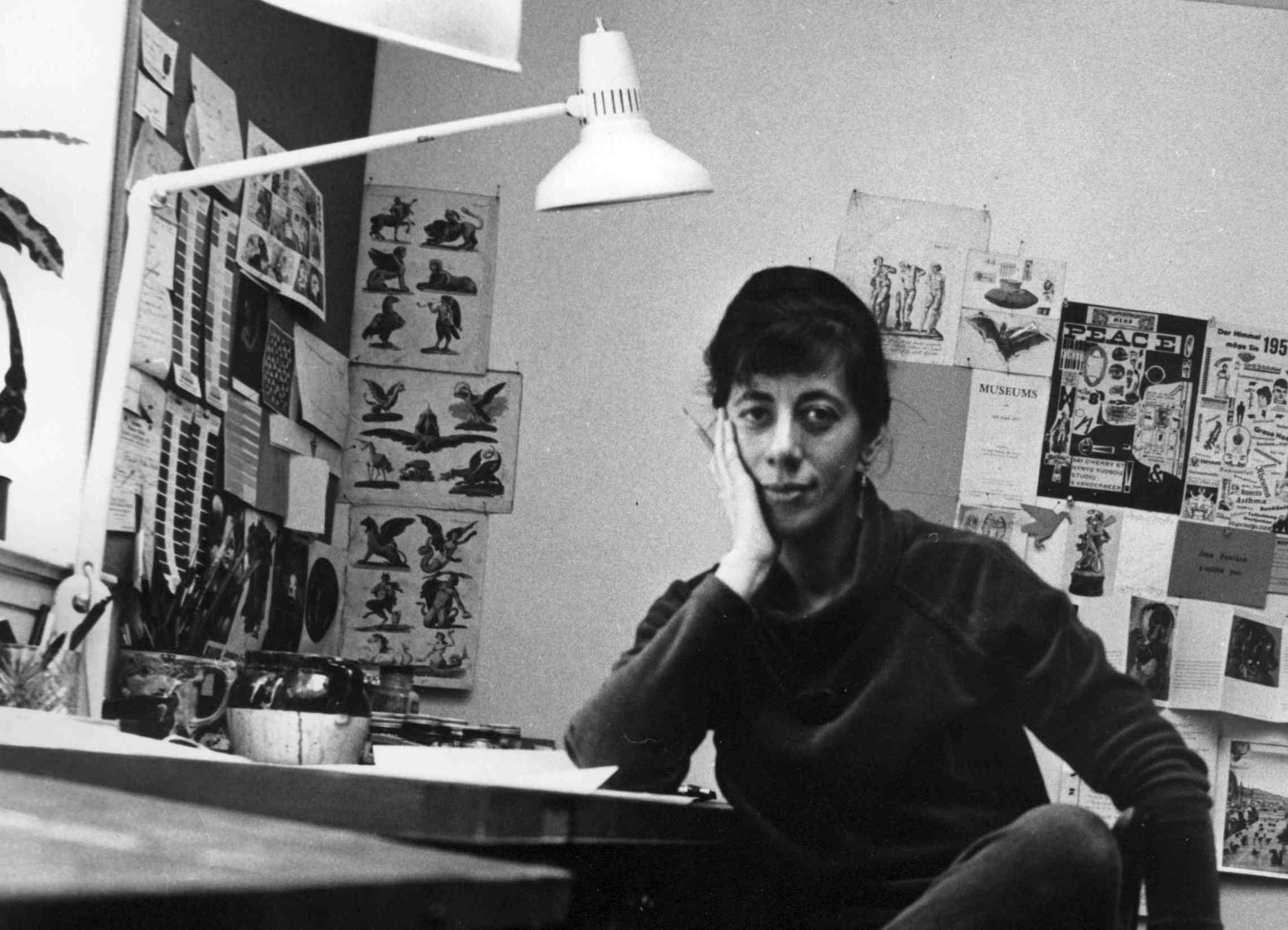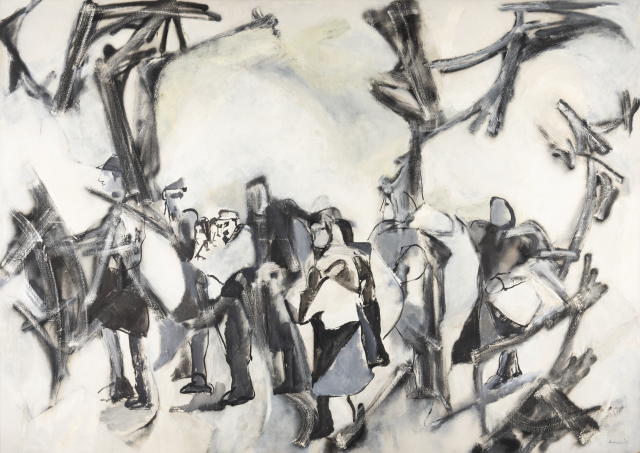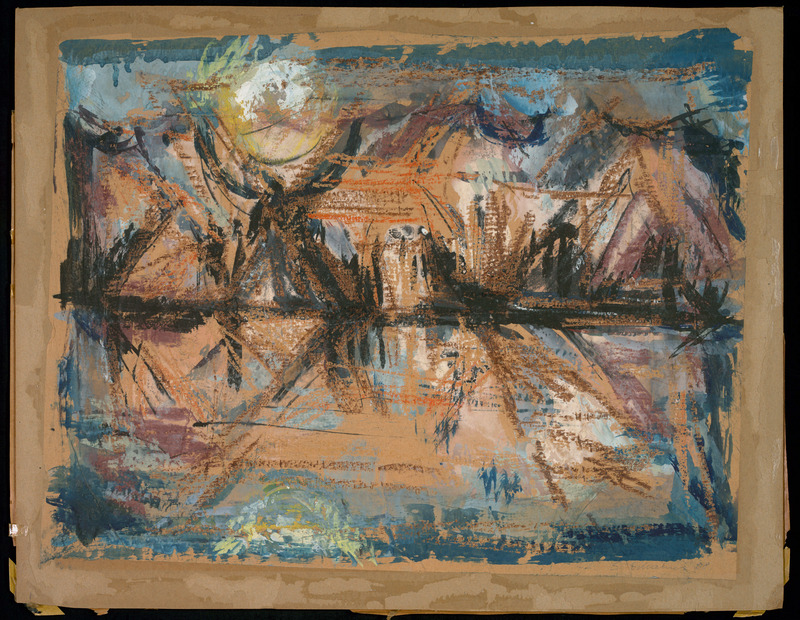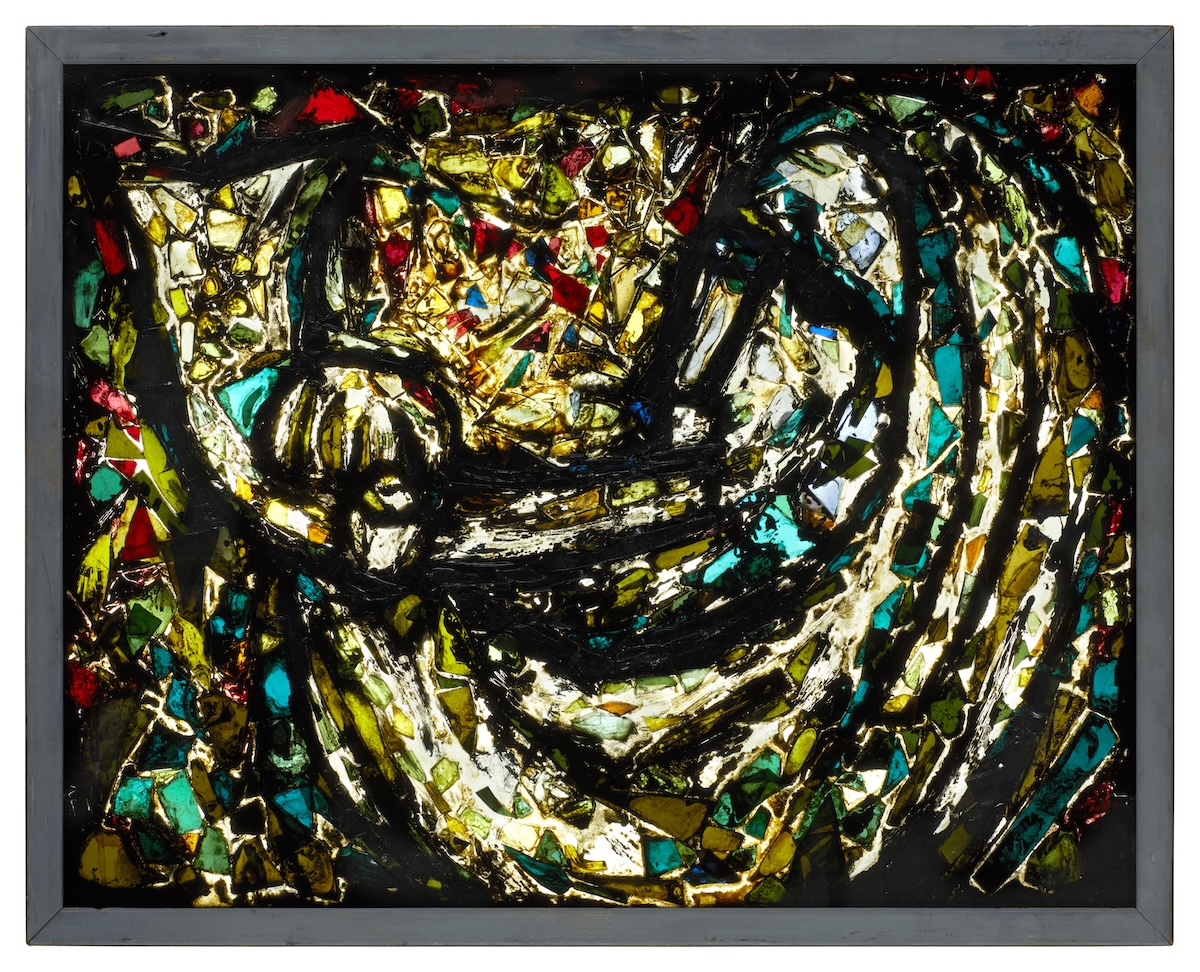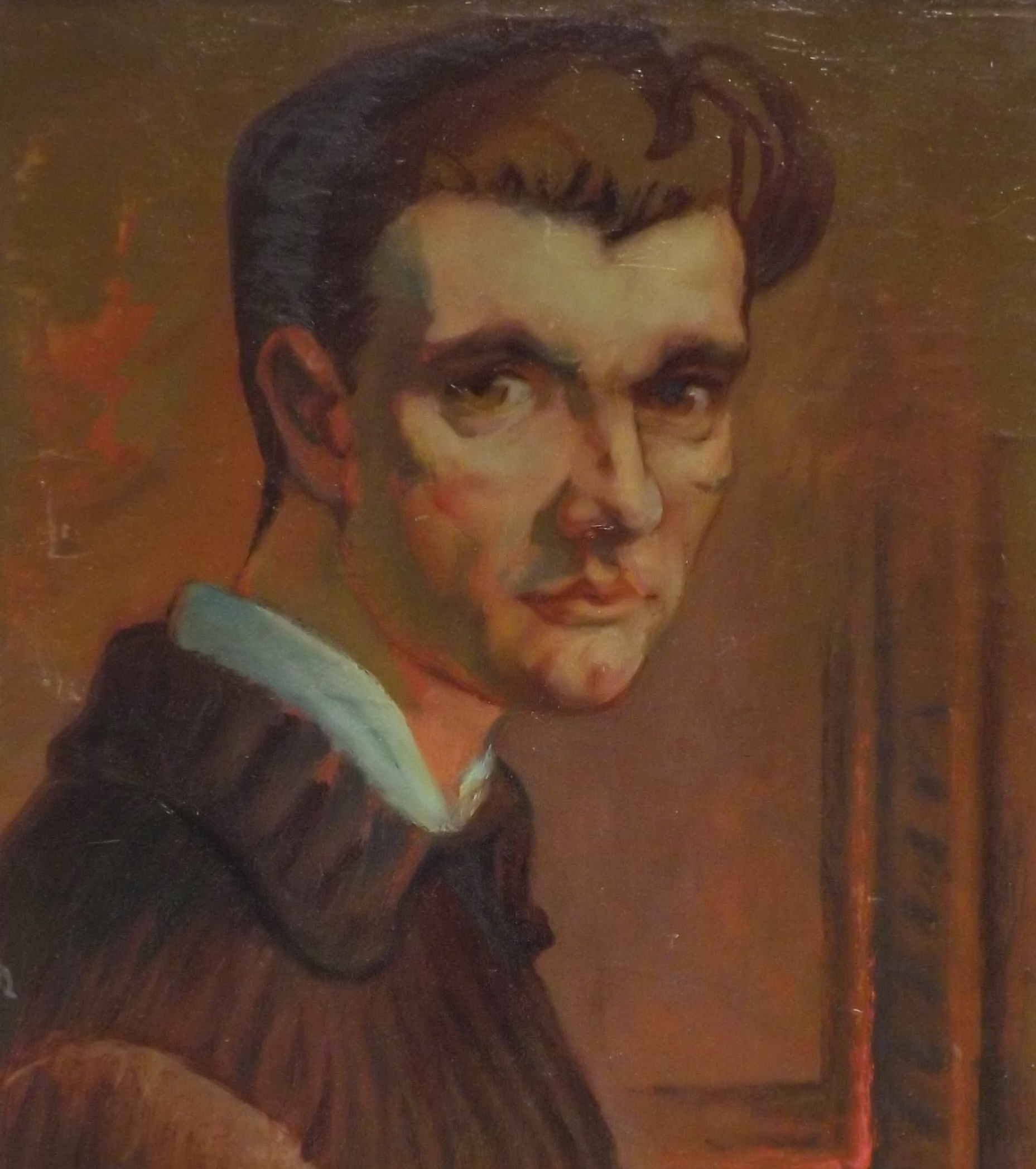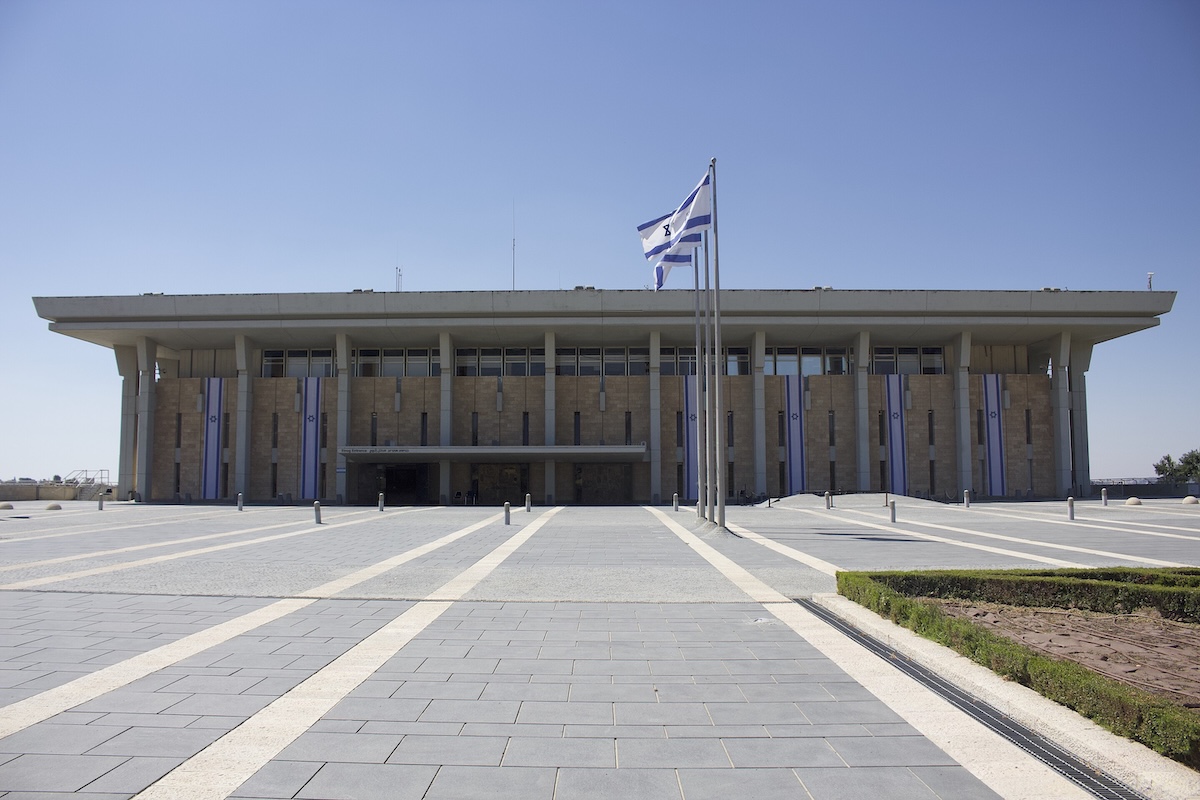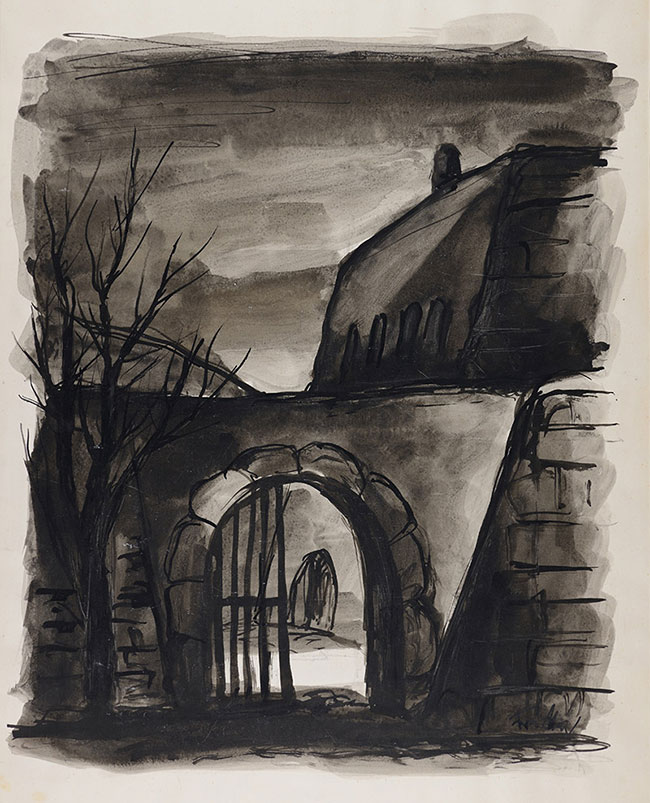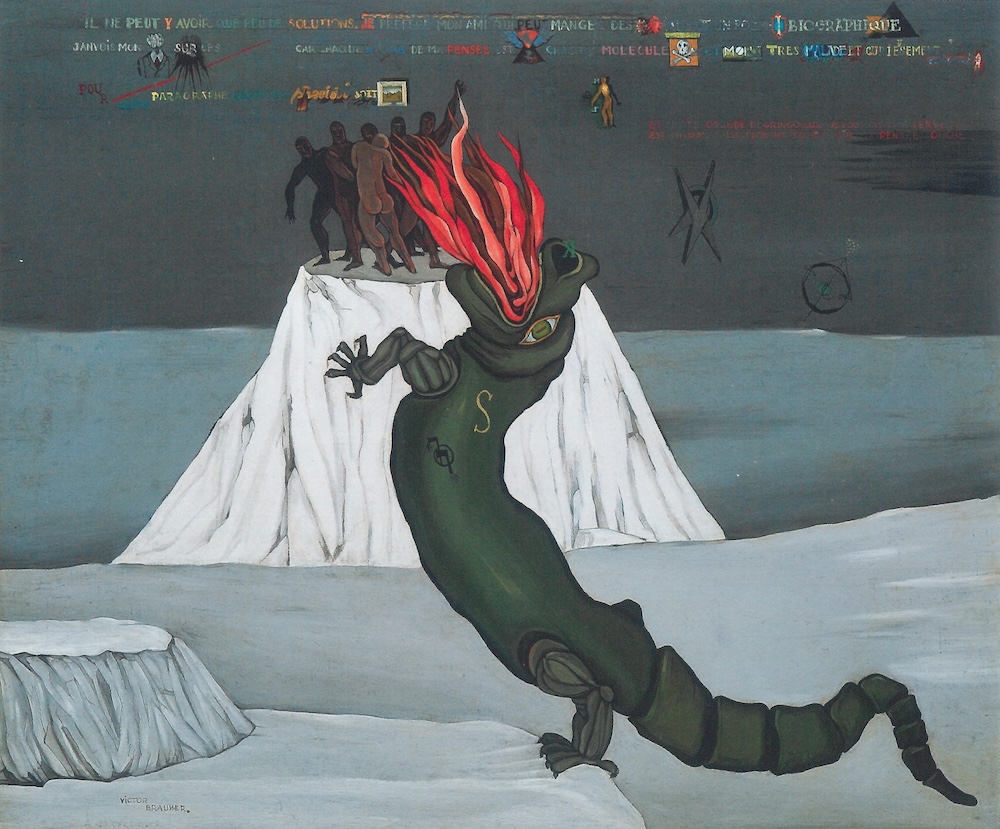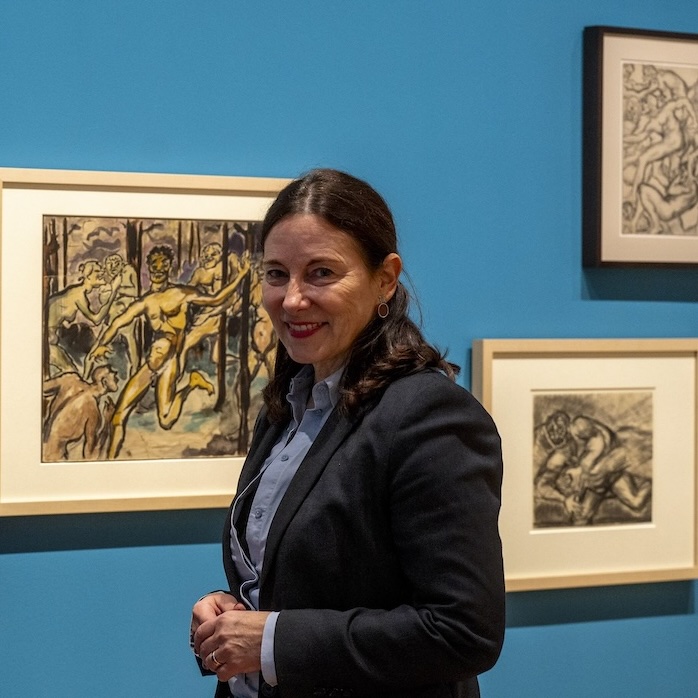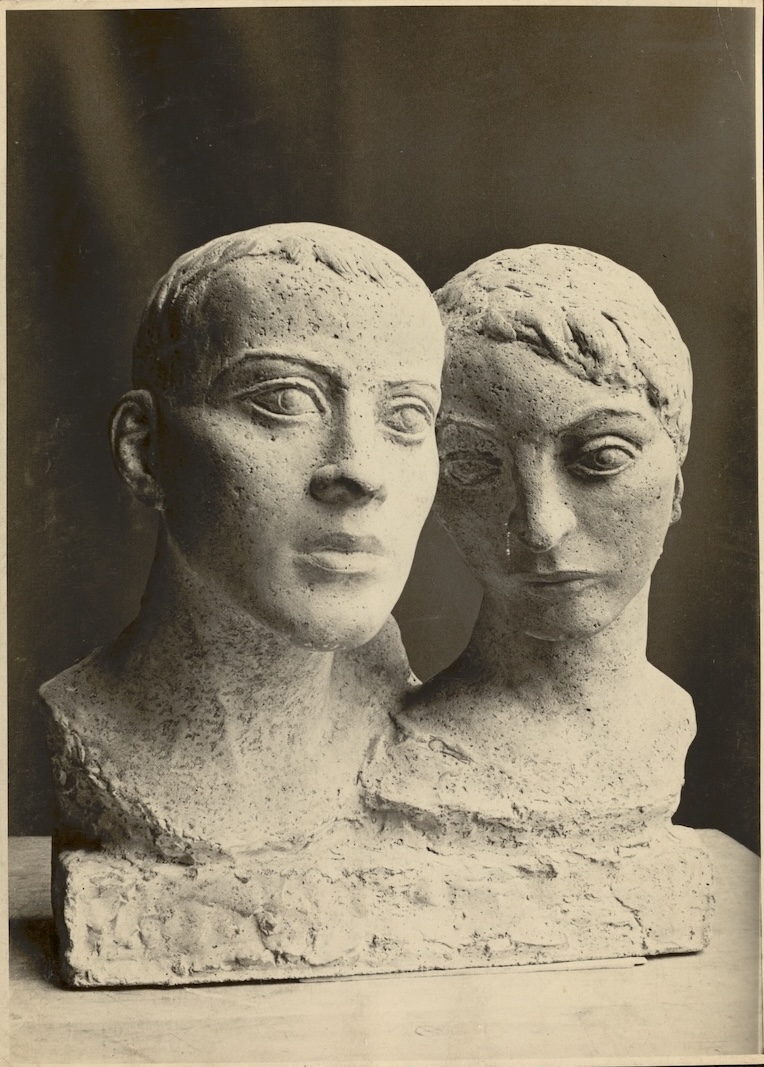Flight or Fight? Artists in Nazi Germany, 1933-1945
Presentation by Rachel Stern, New York
Between 1933 and 1945, the National Socialist regime controlled artistic work in Germany. Join Rachel Stern, founding director of the Fritz Ascher Society for Persecuted, Ostracized and Banned Art, for a discussion about the system of fear and control installed by the Nazis, its impact on the national cultural landscape, and artists’ strategies of survival. This event is part of the 2025-26 KHC and National Endowment for the Humanities Colloquium, “Resistance, Resilience and Reinvention: Artists and Academics Escaping Nazism.” It is co-sponsored by the Holocaust & Human Rights Education Center in White Plains; the Center for Genocide and Human Rights Research in Africa and the Diaspora at Northeastern Illinois University; the Center for the Study of Genocide and Human [...]
